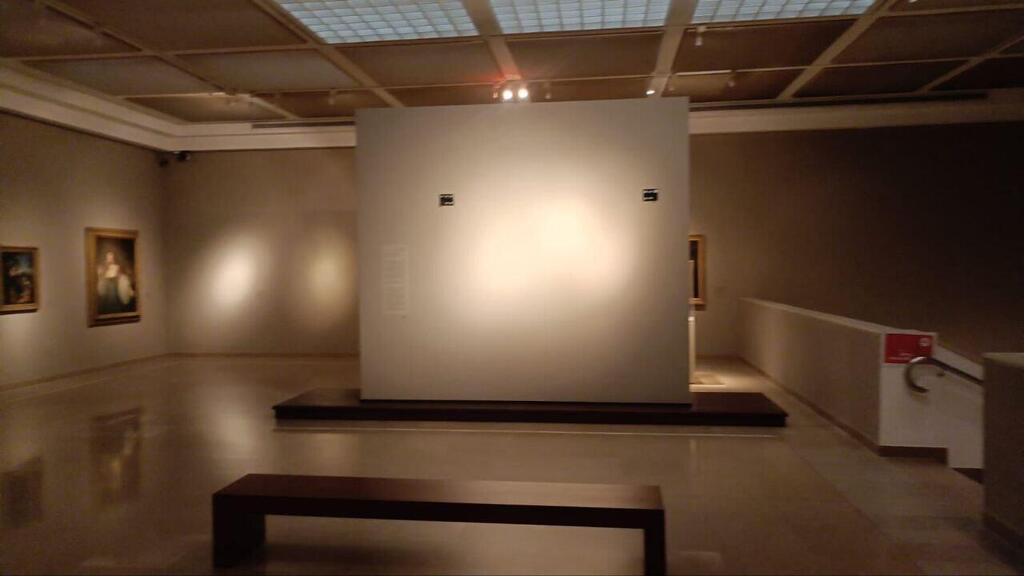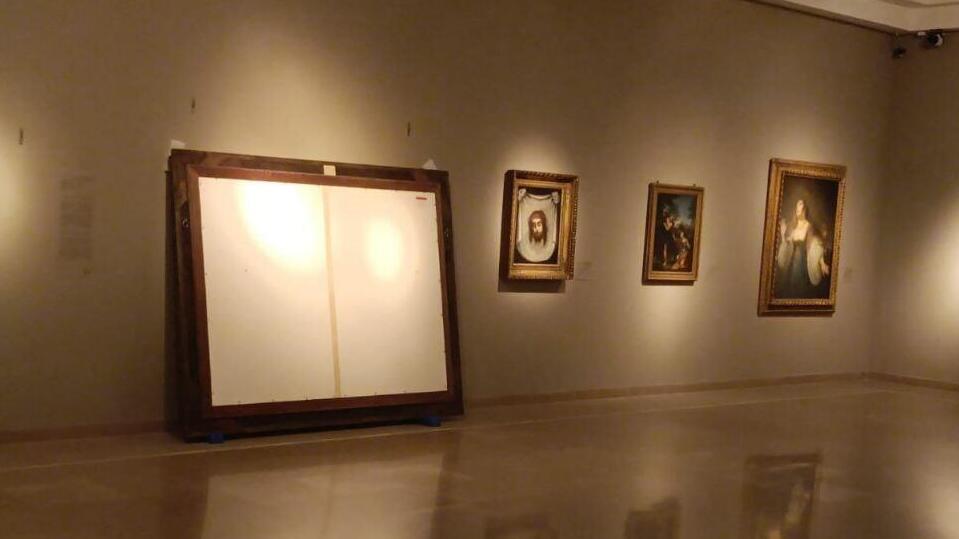Getting your Trinity Audio player ready...
The Israel Museum began removing rare artworks to a safe location, out of concern that they might be harmed in an Iranian attack on Israel, the Museum said on Monday.
Among the works are pieces by Vincent van Gogh, Paul Cézanne, and Paul Gauguin. The Dead Sea Scrolls, which were removed at the onset of the war, have yet to be returned to their original display.
"The Israel Museum has taken precautionary measures, relocating masterpieces to storage to protect them, out of commitment and responsibility for its collections," the museum said in a statement.
Visitors to the Jerusalem Museum noted the absence of Paul Gauguin’s Landscape with a Dog (1903), which was replaced by a sign reading "Temporarily Removed," and Vincent van Gogh’s Wheat Harvest in Provence (1888), now accompanied by a sign that says "Exhibit in Preparation." Works by Paul Cézanne were also taken down.
Following the outbreak of war on October 7, the museum's management decided to move the Dead Sea Scrolls from the Shrine of the Book to safety, given their immense international significance. The Shrine of the Book has since reopened, now displaying replicas of the scrolls with signs reading "Temporarily Removed" posted throughout the shrine.
2 View gallery


Dozens of rare art pieces moved to a safe location amid threat of an Iranian attack on Israel
In some galleries, museum staff have packed artworks with their faces turned toward the wall, seemingly ready to be moved to a protected area if necessary. Empty spaces remain where the artworks once hung. Employees noted that the museum's most valuable pieces have already been relocated to a secure room.
“It was difficult for me to see the artworks being taken down at the Israel Museum,” said Alex Tanzer, a Jerusalem resident who visited the museum on Monday. “But I understand that we need to protect the art, as Hamas, Iran, and Hezbollah prioritize destruction and killing. I hope that after the war, the Israel Museum will display even more works.”



